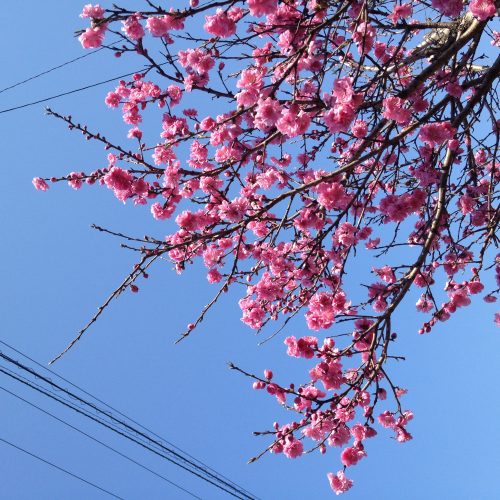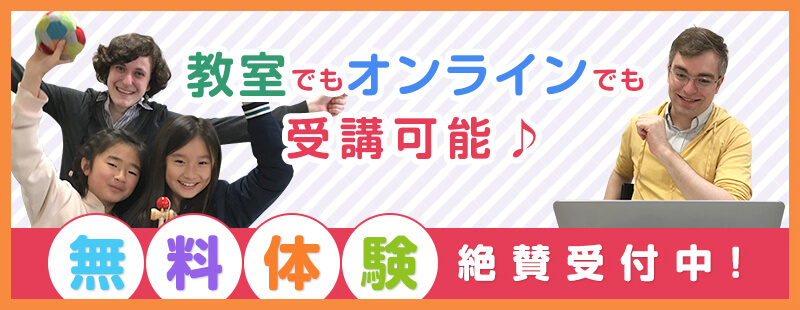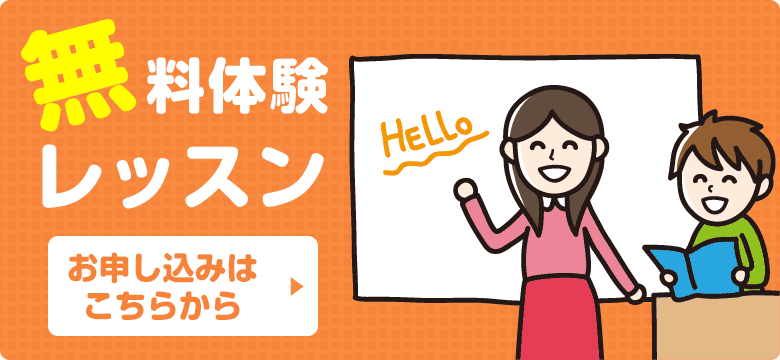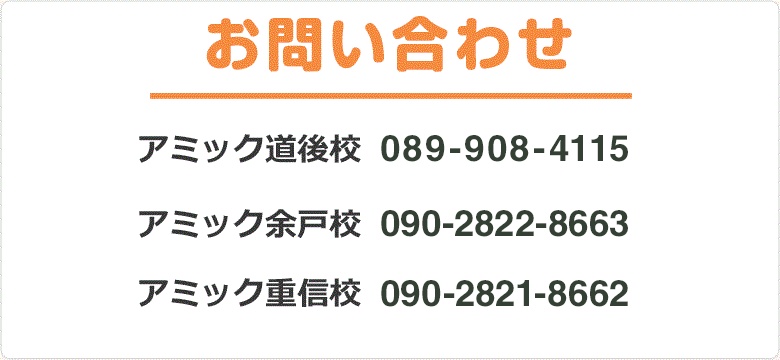月別アーカイブ:2017年4月
【TOEICリーディング対策】公式問題集を使ってPart 7対策
みなさま、こんにちは!
いつも行くクリーニング屋さんが忙しくしているのを見て
「春が来たんだなぁ。」と感じたお~じろうです(*・ω・)ノ
こんな季節の感じ方もあるんですね。
クリーニング屋さん、がんばってください><
さて、本日はTOEICリーディング対策の方法についてちょこっとお話できればと思います。
よく生徒さんから
「リスニングはできたけど、リーディングが伸びませんでした。どうしたらいいですか?」と質問されます。
現在の点数によって答えは様々ですが、
基本的に200点台(またはそれ以下)の方は単語と文法の基礎を勉強するだけでも伸びると思います。
問題は300点台(リーディングのみの点数)の方ですが、
こちらは単純に読む訓練を積んでいない方が多い気がします。
時々、「市販の問題集をたくさん買って勉強しているのだが、イマイチ点数が伸びない。」との話を聞きます。
そこで下記の質問をします。
「ちゃんと長文を最初から最後まで読んでいますか?」
返ってくる答えは大抵、下記が多いです。
「設問を読んで必要な所だけ読んでいます。」
それはテストの時(または直前期)にやったらいい話で、
普段の英語学習でやる必要はないのではないかなと思います。
ですので、お~じろうのクラスでは生徒さんには、
特にPart 7の練習の時は、時間がかかるのは構わないので、
長文を最初から最後まで読んでから設問を見て解くようにお伝えしています。
確かに答えとは関係のない所も読まなければなりません。
ですが、今回は関係なくても実際のテストでは
答えと関係のある表現やトピックが実はたくさんちりばめられています。
特に公式問題集はそのオンパレードです!
解けたら終わりではなく、長文全てを理解することを目標にしてみてください。
実はそれができるとPart 5 & 6の点数アップにもつながります。
数年前に実際のテストであったことですが、
Part 5の語彙問題で悩んでいた問題の答えがPart 7の長文に出ていたことがありました。
(すぐにPart 5に戻って答えを修正しました(;^ω^)お~じろうもまだまだですね、がんばります><)
【読む】というのは面倒に感じるかもしれませんが、実は一番力が付く方法です。
そこで、オススメなのが、公式問題集の別冊『解答・解説』を使った勉強法です。
リーディングが300点台の方だと、長文も7割程度しか理解できていないことがほとんどです。
別冊『解答・解説』にはPart 7 の長文が丸ごと載ってあるだけでなく
日本語訳やWords & Phrases、Expressionsなど【読む】うえで助けになってくれる情報が満載です。
下記は実際の使い方です。
※自信のない方は先に日本語訳を読んでおくのも手です。
①まずは英語の長文を読んでみる。
②わからない単語などは日本語訳などをヒントに確認し英文の下に書いておく。
③設問と答えの選択肢をチェックする。
④長文から答えのキーとなる箇所を蛍光ペンでマーキングする。
(これをすることで、問題とその答えの導き方の傾向がわかるようになります。
⑤余裕があれば間違えの選択肢がなぜ間違いなのかも考える。
※オプションとして主語や述語動詞をチェック(波線や下線を引いてみるなど)、
意味のカタマリごとにスラッシュを引いてみるとより文章を理解する力が付きます。
これを市販の新形式公式問題集3冊6セット分のPart7を一通りやって、
知らなかった単語や表現を復習するだけでも相当リーディングの力が付きます。
あとは普段から英語を【読む】習慣をつけることも大事です。
(これはまた別の話ですね><)
それと試験前に、すでにやったことのある模試で構いませんので、
試験形式通りに1度は練習しておくと良いです。(時間もしっかり計りましょう(*・ω・)ノ)
TOEIC本番は時間との闘いになります。
タイムスケジュールも大切になってきます。
(それもまた別の機会にお話できればと思います(*・ω・)ノ)
なかなか独学ではリーディングの勉強が進まないという方は、
ぜひアミックの無料体験を受けてみてくださいね!
それではみなさまHave a nice day!!
英会話・英語 アミック How do you tell a good story?
Each story we hear or read has a similar structure: a beginning – introducing the characters and setting; a middle – what the characters were doing and why, this usually includes a climatic and exciting event; finally an end – how the characters achieved their goal and any consequences of that. This format does not however, guarantee a good story – it is what is happening in our brain that determines whether we perceive the story as good, bad or indifferent.
So what’s going on behind the eyes? Firstly, there is a process called neural coupling taking place. This process activates areas in the brain which allow the listener, or reader, to associate the story to their own ideas and experiences. Secondly, the process of mirroring comes into effect, research shows that listeners and readers experience similar brain activity to the writer or narrator. This can determine the popularity of the story. Thirdly, the brain releases a hormone called dopamine when it experiences an emotionally charged event (remember the climatic and exciting event?). Dopamine allows people to recall more easily and with greater accuracy. Finally, the extent of cortex activities also have an major impact on a story, when we process facts two areas of the brain are activated, whereas a well told story engages many additional areas such as the motor cortex, sensory cortex and frontal cortex. This gives us more connections with the story and more avenues in order to recall in greater detail.
英会話・英語 アミック Cherry blossom and beer
In spring, one of the best-loved symbols of Japan makes a dramatic sweep across the country.
Sakura (cherry blossoms) bloom usually from the end of March through April in a kind of wave starting in southern Kyushu and working its way northeast. News reports keep the populace up to date on the best places to enjoy hanami (lit. flower viewing).
The undeniable beauty of the delicate pink flowers is offset by a sense of melancholy at their all-too-brief appearance. This is often compared to our own short time spent on the earth. This mixture of feelings is best expressed when completely drunk, of course. And so every year, hundreds of thousands of Japanese of all ages gather beneath the pink blooms, sing karaoke, dance and drink till they fall over.
Enjoy while it lasts!
P.s. Don’t forget the beer!
「英会話・英語 アミック」Peach Blossoms
So it’s spring and I think it’s safe to assume that we are all well aware of how beautiful the cherry blossoms all over Japan are this time of year. Unfortunately the estimated full bloom of the sakura trees in Ehime coincides with a string of rainy days at the end of this week, so that may ruin hanami plans for some people.
The funny thing is that I haven’t really noticed the cherry blossoms near my house (since they are only now blooming), but instead I’ve been admiring the deep pink of the peach blossoms that a kind old woman in my neighbourhood has outside her house. Those peach blossoms may take the place of the usual cherry blossoms for my hanami this year, but I’m okay with that. They have another kind of beauty to appreciate.
Here’s a photo I took:

Joe
英会話・英語 アミック Air Hanami
One of the popular topics that comes into conversation around this time is Ohanami– cherry blosson viewing. While reading up on this custom online, I came across an unusual idea called Air hanami.
The first time I read the title my initial thought was that it was when people would go out to have a picnic under a cherry blossom tree without it actually having bloomed yet – thus, just air!
But, that was not the case. It is described as a hassle-free, indirect, indoor, hanami experience.
Most people have said that it’s a strange trend, with some saying that it’s utterly absurd.
Here is a link to Kirin’s website to help you get an idea of the concept behind it.
http://air-hanami.kirin.jp/age.html
Air hanami has its perks, but I always prefer the outdoors.
What do you think?












